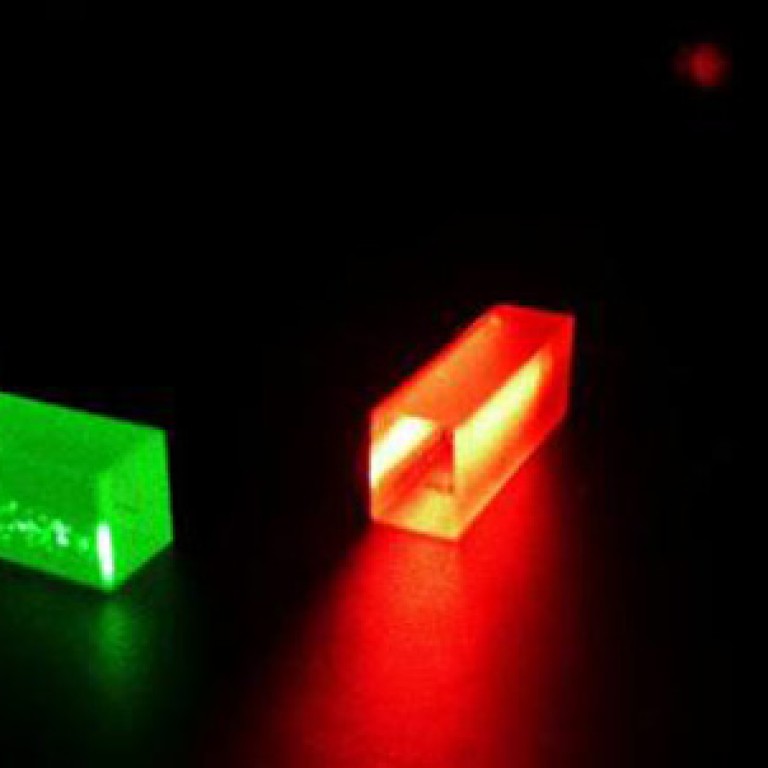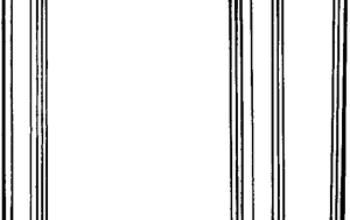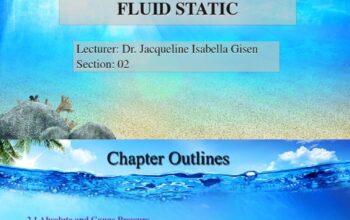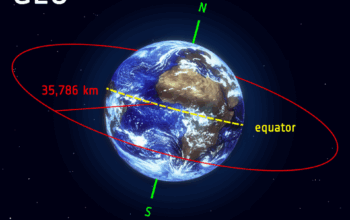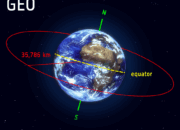Quantum mechanics, a domain of physics that examines the fundamental behaviors of matter and energy at the smallest scales, has been the focal point of numerous revolutionary advancements. One particularly captivating concept that has emerged from this exploration is that of teleportation—not in the science fiction sense, but as a legitimate scientific phenomenon. Specifically, the ability to teleport energy, particularly in the form of quantum states, offers tantalizing opportunities for both theoretical study and practical applications.
At the heart of quantum mechanics lies the principle of superposition, which allows particles to exist in multiple states simultaneously until measured. Consequently, when a quantum state is “teleported,” it does not traverse space in the classical sense. Instead, the state is transmitted from one particle to another, effectively replicating the initial condition of the original particle at a distant location. This phenomenon is known as quantum teleportation and is fundamentally different from the transfer of matter or energy as understood in classical physics.
One could liken quantum teleportation to the process of duplicating an accent rather than actually moving a voice across a room. The original quantum state is destroyed at its initial location while a perfect copy is created elsewhere. This raises profound implications regarding the nature of information, reality, and the interconnectedness of particles at a quantum level. The fascination with quantum teleportation transcends mere curiosity; it challenges our traditional perceptions of locality and time, and invites deeper questions regarding the fabric of the universe.
The implications of quantum teleportation extend far beyond theoretical musings. In practical terms, this phenomenon might pave the way for advancements in quantum computing. Quantum processors, which utilize qubits instead of classical bits, hold immense potential for calculations that are currently intractable. Teleportation enables qubits to be efficiently transferred over long distances, potentially leading to the development of robust quantum networks. Such a framework could revolutionize fields such as cryptography, enabling secure communication channels that are practically immune to eavesdropping due to the fundamental nature of quantum information transfer.
Moreover, the concept of entanglement plays a pivotal role in the teleportation process. Entangled particles exhibit a peculiar correlation; the state of one instantly influences the state of another, regardless of the spatial separation between them. This phenomenon, famously labeled as “spooky action at a distance” by Albert Einstein, underpins the mechanism of quantum teleportation. The entangled pairs serve as a conduit through which information can be transmitted instantaneously, thereby elevating the discussion of telecommunications to new heights.
However, this tantalizing prospect is replete with challenges. While experimental successes confirm the fundamental principles of quantum teleportation, scaling these experiments to practical applications remains an intricate endeavor. Loss of information due to decoherence, a process in which quantum states interact with their environment and lose their quantum characteristics, presents a significant bottleneck. Engineers and physicists are actively researching ways to mitigate these effects, searching for ways to maintain coherent quantum states long enough for successful teleportation over greater distances.
As research in quantum mechanics continues to unfold, the multidisciplinary significance of quantum teleportation becomes increasingly apparent. Notably, its implications extend to areas such as quantum biology, where understanding the quantum behavior of particles may elucidate processes occurring in biological systems. For example, certain complex biological mechanisms such as photosynthesis and avian navigation exhibit quantum effects. Insights derived from teleportation and entanglement may reveal new avenues of exploration, deepening our understanding of life at a molecular level.
Furthermore, the philosophical implications of quantum teleportation merit consideration. The challenges posed to classical intuitions around space, time, and identity provoke discussions surrounding the philosophical foundations of reality. If quantum entanglement allows for instantaneous exchange of information between distant particles, what does this imply for our understanding of causality? Traditional notions of cause and effect, bound by a linear progression of time, may require reevaluation in light of quantum mechanical principles.
Public fascination with concepts like quantum teleportation often stems from the allure of the unknown. This skepticism toward established norms, driven by quantum mechanics, echoes throughout history as humanity grapples with the complexities of existence. The tantalizing vision of instantaneous travel and communication evokes images from science fiction, yet it is grounded in rigorous scientific inquiry. The prospect of a world where teleportation is not merely a figment of imagination but a feasible reality is a testament to the boundless possibilities that lie at the intersection of imagination and scientific discovery.
In summary, quantum teleportation represents a frontier of modern physics, illuminating the enigmatic behaviors of the quantum realm. While the fundamental principles have been demonstrated in experimental settings, practical applications remain in nascent stages, poised at the brink of revolutionary breakthroughs. As researchers continue to probe the depths of quantum mechanics, the intersections of technology, philosophy, and our understanding of reality will undoubtedly evolve. The journey into this quantum frontier is not merely one of leaps and bounds; it is an odyssey that compels us to reconsider the very essence of reality itself.
